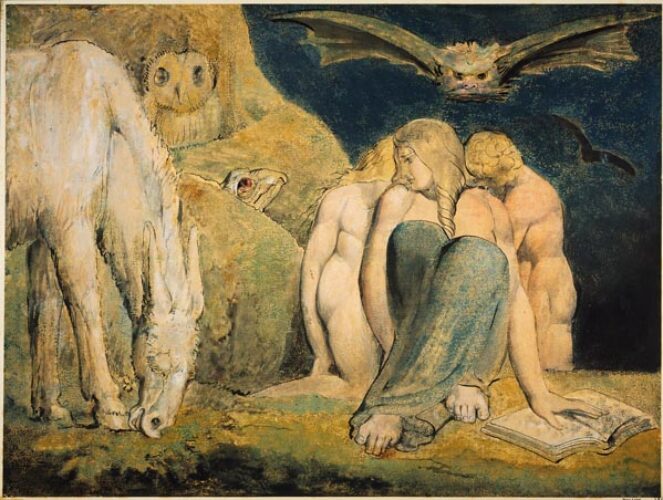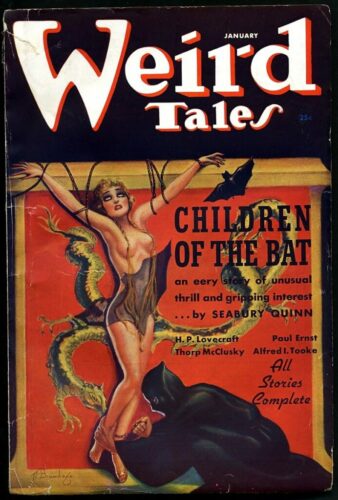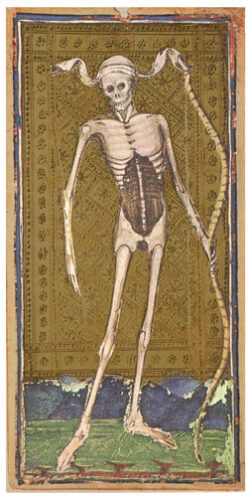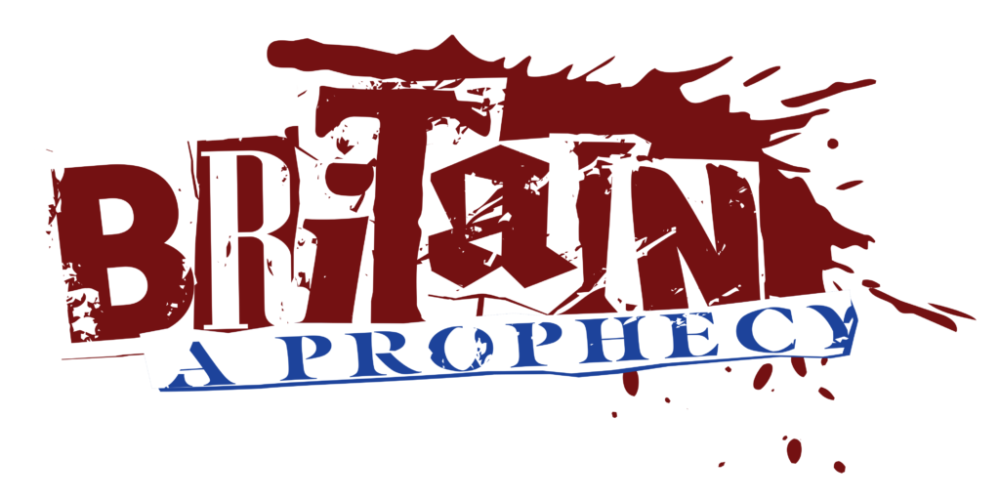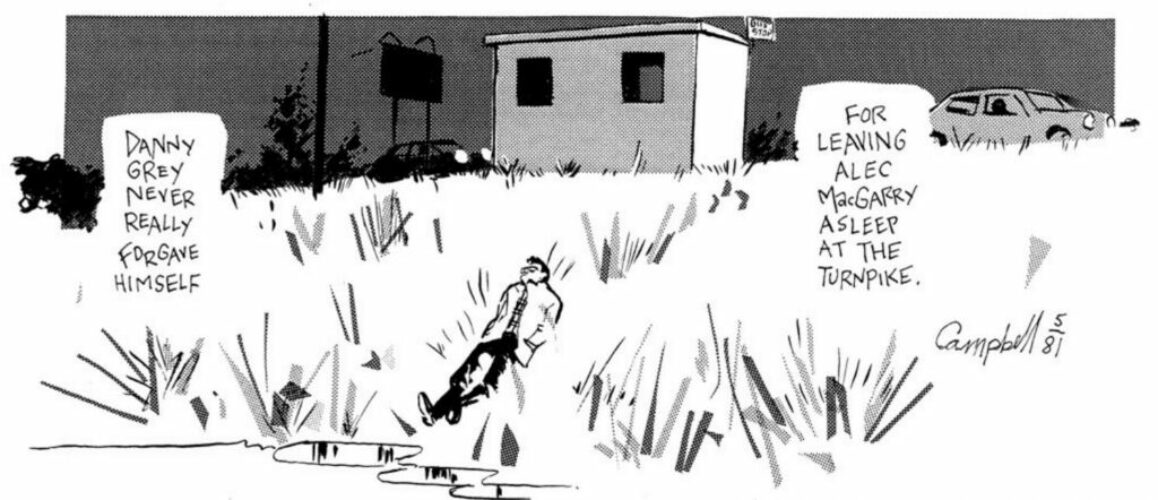Minas Morgul
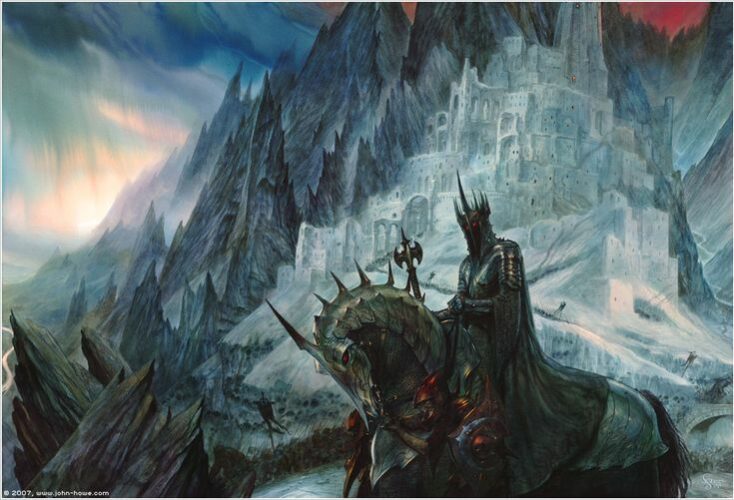
CW: white supremacism, neo-Nazism.
Names: Minas Ithil (Sindarian: “Tower of the (Rising) Moon”) when held by Gondor, Minas Morgul (Sindarin: “Tower of Sorcery”) under Mordor occupation.
Description: An outpost city in a valley (later Morgul Vale) Ephel Dúath on Mordor’s westen border, founded as Minas Ithil after S.A. (Second Age) 3320 by Isildur, a survivor of Númenor, as royal seat of the fiefdom Ithilien (opposite his brother Anárion’s Minas Anor [later Minas Tirith] rule of the fiefdom Anórien) and home of the Ithil-stone palantír. In S.A. 3429 Sauron takes Minas Ithil in an assault on Mordor. After the Last Alliance of Men and Elves defeats Mordor in S.A. 3429, Minas Ithil is reclaimed by Gondor and made a sentinel city to watch the borders of Mordor. In T.A. (Third Age) 2000, the Nazgûl besiege Minas Ithil and reclaim it for Mordor in T.A. 2002, “afterwards known as Minas Morgul.”
Minas Morgul is corrupted and no longer associated with Ithilien, and the Nazgûl take the Ithil-stone to Sauron, who uses it to ensnare Saruman of Isengard and Lord Denethor of Minas Tirith. For the duration of the Third Age, Minas Morgul becomes a major military asset of Mordor and home to the Nazgûl. After the forces of Minas Morgul are wholly defeated in the Battle of the Pelennor Fields in T.A. (Third Age) 3019, the Army of the West raids the abandoned city. At the end of the War of the Ring, the newly crowned king Aragorn orders that Minas Morgul be demolished and vacated.
Location in Peter Jackson’s films: Presumably Stone Street Studios.
More than any landmark we’ve seen, Minas Morgul emblemizes Tolkien’s fascination with putrefaction
and the Fall. A horribly resplendent city in a dark valley, it is a monument to the lost glory of Númenor, and later to the corrosive power of Sauron. A fairly realistic city in terms of its history, Minas Morgul trades hands several times in the late Second and Third Ages, before ultimately falling to Mordor. Minas Morgul is one of many places to fall to evil in Middle-earth; seismic geographic and cultural shifts define Tolkien. Middle-earth is always in the midst of the Fall, yet also fending it off, not quite succeeding. The glory of the Elder Days ends at the close of The Lord of the Rings as the Elves go into the West, although their virtues remain with their heirs. The Lord of the Rings is a tragedy in this way, where utter catastrophe is avoided, but a great and final triumph of good never occurs either.
Minas Morgul is highly indicative of this moral changeability. Its origins as the post-Númenórean beacon of Minas Ithil are ultimately betrayed, as it becomes an emblem of terror and occupation. Let’s look at that second one, actually, because it’s important. Occupation is strictly performed by Tolkien’s antagonists. When his protagonists are drawn into battle (and they’re always provoked), they fight those battles nobly, but they don’t subdue people or take their lands. Indeed, this was largely a contemporaneous trend; the Nuremberg Principles and a postwar consensus argued that wars of aggression were definitionally war crimes.…

